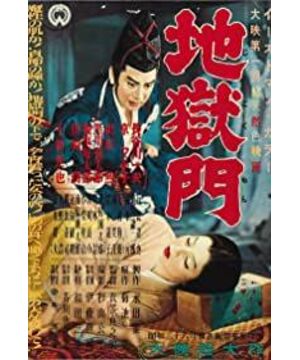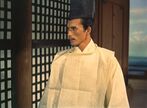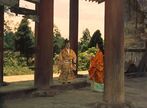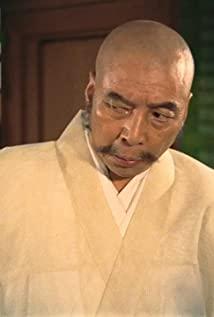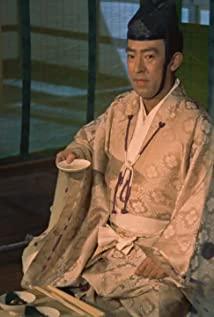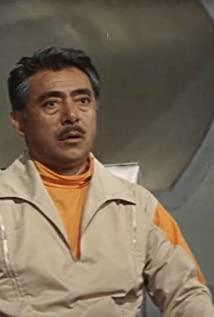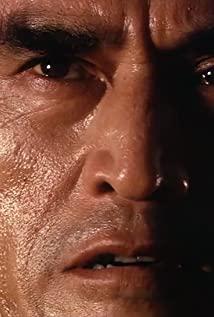Gate of Hell positive review
-
Zelma 2022-04-24 07:01:24
It was great at the beginning, with a big opening pattern, but as the development progressed, the story became a love affair between children and children, which is not a problem. The key is that the 4 emotional characters were not well dealt with, there was no story frame, and the final ending was more It's a hasty end. But the colors are gorgeous, and the soundtrack is pretty good
-
Jovani 2022-04-24 07:01:24
If you can't get it, you will hate it, and you will stop when you die; how interesting Japanese women in ancient times were.
-
Moritoo Endô: Brother, please don't be a traitor. This isn't you.
Moritada: I know what I'm doing. What good will it do for you to serve Kyomori?
Moritoo Endô: I don't know. Once you serve him though, he's your master forever. How can you betray him in his absence?
Moritada: It's not cowardice. It's shrewd stratagy. I'm sorry to tell you Kiyomori won't be coming back.
Moritoo Endô: How can a pack of mutts defeat the Taira Clan?
-
Kesa: [after Moritoo grabs her in a strong embrace] What are you doing?
Moritoo Endô: You refuse no matter what?
Kesa: Yes.
Moritoo Endô: Then I'm ready. You're mine now!
Kesa: No matter what you say, female virtue won't allow it.
Moritoo Endô: Drop your husband. Leave Wataru.
Kesa: I can't do that.
Moritoo Endô: Why can't you? I, Moritoo, will slay Wataru. I won't stop with Wataru. If needed, your aunt too. I might have to kill you too!
Kesa: [the camera moves in for an intense close-up of Kesa] Are you ready to do all that? Do you want me that much?
Moritoo Endô: I want you. I can't live without you. What do you say? Can't you grant my wish? Eh? Why don't you answer? Do you want Wataru, yourself, and your aunt all dead? Kesa! It all depends on your answer now.


